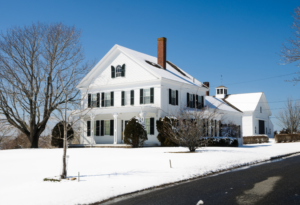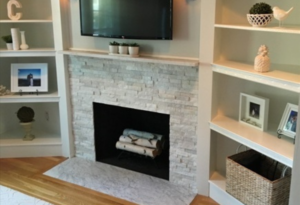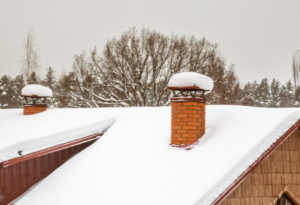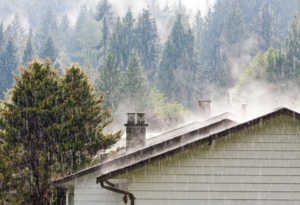Industrial Chimney Maintenance Checklist
Industrial chimney maintenance is crucial to keeping your chimney safely and efficiently operating. By following our industrial chimney maintenance checklist below, you can prevent unsafe, costly problems like structural damage from happening.
At Best Chimney Services, we’ve been servicing commercial chimneys since 1989. Our experienced chimney technicians are committed to offering you excellent and personalized services for all your chimney needs. Give us a call to start on your chimney checklist today! Now we’ll give you some tips about the routine tasks that your chimney needs.
Visual Inspection
A visual inspection is the best way to begin routine maintenance for your commercial chimney stack. Start by looking around your chimney for any signs of physical damage, corrosion, or deterioration. These can appear as cracks, dents, missing bricks, rust, and vegetation or debris that have collected on or near the chimney. If you find any of these signs, you should book an appointment with us so that we can ensure they won’t lead to further problems.
Regular Chimney Sweepings
It’s easy to forget that a chimney requires interior cleaning. However, we’ve placed it on our maintenance list because it’s very important that you schedule regular chimney sweepings with a professional chimney technician. When your chimney goes without regular cleanings, then creosote, soot, and other debris can build up inside the chimney, which may obstruct the flue and cause an operating malfunction. How often you need a chimney sweep depends on a few factors, but we recommend booking one at least once a year.
Book Annual Chimney Inspections
The purpose of an commercial chimney inspection is to get a professional eye on the condition of your chimney stack. Our technicians will inspect your chimney with several things in mind to ensure that your chimney is in working order. An inspection can help identify problems like leaks, venting issues, debris build-up, and more. If our technicians find one of these problems, they’ll be able to walk you through the most appropriate steps to alleviate the issue before it worsens.
Check for Leaks
As we mentioned before, leaks are an issue that our technicians look for during inspections, and they aren’t always external leaks either. Improper venting can lead to boiler malfunctions creating internal leaking with excess condensation. Leaks can lead to a variety of problems, like corrosion, structural damage, and performance problems which can lead boiler shutdowns. Some signs to look for when trying to spot a leak include:
- White areas on the bricks
- Offset pipe connections running to chimney
- Moss
- Rust
- Discolored bricks
- Damp, musty smell
If you spot any of these signs, give us a call.
Book Your Inspection & Sweeping with Best Chimney Services
By following this general guideline, you’re helping reduce unsafe and expensive problems from occurring in the future. We strongly recommend that you follow this checklist so that you can stay up-to-date on your chimney’s condition throughout the year. We look forward to seeing you for your next commercial chimney inspection!
The post Industrial Chimney Maintenance Checklist appeared first on Boston's Best Chimney.












